

Advanced Intelligent Power and Communication Network Management System
GDi Ensemble OperOSS is an advanced suite of software applications for the management of new generation smart grids. It provides a comprehensive, technology-neutral solution that integrates all power distribution systems under a single control and management interface.
The application suite provides high system data accuracy, that allows for a full representation of the real state of an energy network at any time.
Furthermore, by enabling a large degree of digitization and network management automation, using Ensemble OperOSS results in the redirection of human work from basic operational processes and tasks to advanced processes such as further planning and development of the smart grid network.
Management and control of energy assets in the smart grid
Ensemble OperOSS Operational Support System for the the smart management and control of energy assets using advanced Information and Communications Technology (ICT) infrastructure.
Represents a major advancement by enabling the transition from today's passive distribution systems to future flexible low-carbon, smart systems.
Provides numerous services to users and system operators with emphasis on the Distribution Network Operator, as being at the core of energy transition and the development of advanced energy networks.
The project is funded by grants from the European Regional Development Fund.
The total value of the project and the amount co-financed by the EU (in HRK)
Total project value: 9,345,494.59 kn
Project implementation period (from – to)
The total implementation period of the project is: 16.03.2018 – 15.03.2021.
Ensemble OperOSS | Innovation at a glance
Who is it for? | Ensemble OperOSS modules
Ensemble OperOSS
Innovation at a glance
Who is it for?
Electricity Generator
Transmission System Operator
Distribution Network Operator
Electricity Supplier
Meter Operator
Aggregator
Consumer
Ensemble OperOSS modules
Helping electric utilities to transform
Ensemble OperOSS can help electric utilities make the required changes in key areas such as:
| ✓ | Improvement of infrastructure. |
| ✓ | Addition of the Smart Grid digital layer. |
| – Tools such as Ensemble OperOSS will become the essence of the smart grid. | |
| ✓ | Business process transformation. |
| – Increased focus on a customer engagement strategy to retain and attract customers who decide to produce their own energy through microgrids. | |
| – The generation of renewable energy will now often be connected at the distribution level. This brings new opportunities for DNO’s to expand their market by selling energy directly to the consumer. |
What is a Smart Grid?
EU Commission Task Force Smart Grid definition:
A Smart Grid is an electricity network that can cost efficiently integrate the behaviour and actions of all users connected to it – generators, consumers and those that do both – to ensure an economically efficient, sustainable power system with low losses and high levels of quality and security of supply and safety.
It employs innovative products and services together with intelligent monitoring, control, communication, and self-healing technologies to:
- Better facilitate the connection and operation of generators of all sizes and technologies.
- Allow consumers to play a part in optimising the operation of the system.
- Provide consumers with greater information and options for how they use their supply.
- Significantly reduce the environmental impact of the whole electricity supply system.
- Maintain or even improve the existing high levels of system reliability, quality and security of supply.
- Maintain and improve the existing services efficiently.
Select user role to view benefits
Optimize and predict electricity production.
By precise forecasting and better control of the production process, generators can place more profitable offers on the electricity sub-markets thus gaining additional profit.
Insights into electricity generation data.
Precise data will be available on the production of electricity and generators will gain valuable insights during operational tasks.
Optimize the planning, construction and upgrade of the network.
Determine reasons for a shortfall or surplus of electricity in the system and therefore more precisely and efficiently balance the electricity network for production and consumption.
Identify the location of energy losses through the adoption of new sensor technology.
Optimize the construction and upgrading of the network.
Monitor sales and purchase transactions within the new distribution network.
Identify the location of energy losses through the adoption of new sensor technology.
Reduce deviation between forecasted and real energy consumption.
Reduce costs of buying energy on the electricity wholesale market.
Tools for retrieving, processing, and storing data from smart meters.
Support to reduce the consumption of energy by its customers.
Software to support proactive business behaviour.
Software to help reduce the energy consumption of customers.
Support coordination of electricity generation by clients.
Software to support installation, sale, and compensation payments of new renewable energy sources for small generators.
Get detailed insights into data on electricity consumption.
Optimize consumption through automatic electricity price notifications.
Helping electric utilities to transform
Ensemble OperOSS can help electric utilities make the required changes in key areas such as:
| ✓ | Improvement of infrastructure. |
| ✓ | Addition of the Smart Grid digital layer. |
| – Tools such as Ensemble OperOSS will become the essence of the smart grid. | |
| ✓ | Business process transformation. |
| – Increased focus on a customer engagement strategy to retain and attract customers who decide to produce their own energy through microgrids. | |
| – The generation of renewable energy will now often be connected at the distribution level. This brings new opportunities for DNO’s to expand their market by selling energy directly to the consumer. |
What is a Smart Grid?
EU Commission Task Force Smart Grid definition:
A Smart Grid is an electricity network that can cost efficiently integrate the behaviour and actions of all users connected to it – generators, consumers and those that do both – to ensure an economically efficient, sustainable power system with low losses and high levels of quality and security of supply and safety.
It employs innovative products and services together with intelligent monitoring, control, communication, and self-healing technologies to:
- Better facilitate the connection and operation of generators of all sizes and technologies.
- Allow consumers to play a part in optimising the operation of the system.
- Provide consumers with greater information and options for how they use their supply.
- Significantly reduce the environmental impact of the whole electricity supply system.
- Maintain or even improve the existing high levels of system reliability, quality and security of supply.
- Maintain and improve the existing services efficiently.
Select user role to view benefits
Optimize and predict electricity production.
By precise forecasting and better control of the production process, generators can place more profitable offers on the electricity sub-markets thus gaining additional profit.
Insights into electricity generation data.
Precise data will be available on the production of electricity and generators will gain valuable insights during operational tasks.
Optimize the planning, construction and upgrade of the network.
Determine reasons for a shortfall or surplus of electricity in the system and therefore more precisely and efficiently balance the electricity network for production and consumption.
Identify the location of energy losses through the adoption of new sensor technology.
Optimize the construction and upgrading of the network.
Monitor sales and purchase transactions within the new distribution network.
Identify the location of energy losses through the adoption of new sensor technology.
Reduce deviation between forecasted and real energy consumption.
Reduce costs of buying energy on the electricity wholesale market.
Tools for retrieving, processing, and storing data from smart meters.
Support to reduce the consumption of energy by its customers.
Software to support proactive business behaviour.
Support coordination of electricity generation by clients.
Software to support installation, sale, and compensation payments of new renewable energy sources for small generators.
Get detailed insights into data on electricity consumption.
Optimize consumption through automatic electricity price notifications.
Laboratory environment sub-systems
During the research phase, Ensemble OperOSS consists of a series of interconnected subsystems
LARES Laboratory
Physical laboratory implementation of the power production system.
Data Storage
SQL Server (opeross-server) and SQL database (UEDManagementDB).
Edge Module
Intermediate component responsible for communication between the power production facility and IoT Hub.
IoT Hub (OperOSSIoTHub)
Access point for IoT data.
Stream Analytics Job (Plotting)
Data Processing Component.
Power BI (LaresLaboratory)
Component for displaying real-time data.
Web Module
Data view and laboratory control component.
During the research phase, Ensemble OperOSS consists of a series of interconnected subsystems
LARES Laboratory
Physical laboratory implementation of the power production system.
Data Storage
SQL Server (opeross-server) and SQL database (UEDManagementDB).
Edge Module
Intermediate component responsible for communication between the power production facility and IoT Hub.
IoT Hub (OperOSSIoTHub)
Access point for IoT data.
Stream Analytics Job (Plotting)
Data Processing Component.
Power BI (LaresLaboratory)
Component for displaying real-time data.
Web Module
Data view and laboratory control component.
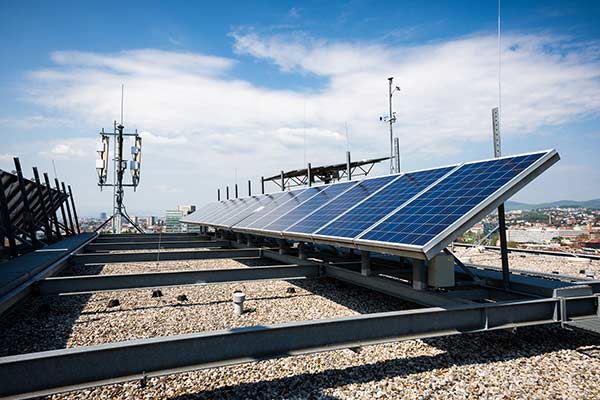
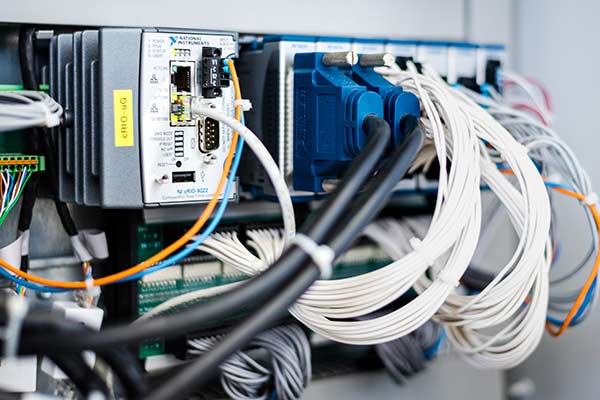


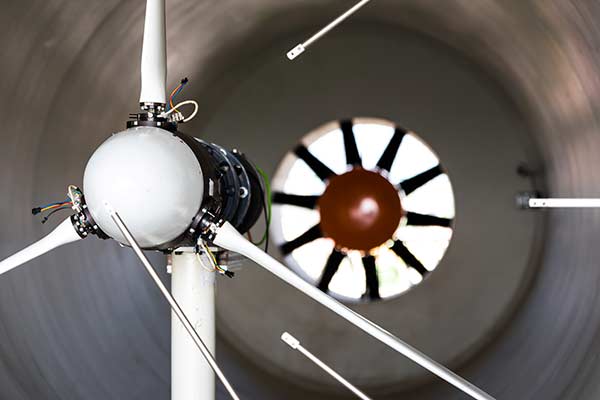


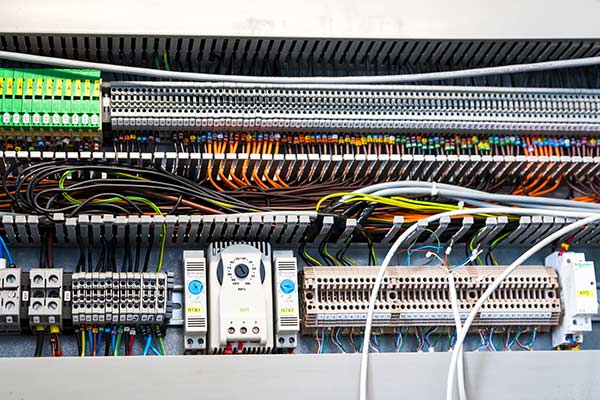














Renewable energy sources in the Smart Grid
Improved flexibility of the smart grid permits greater use of highly variable renewable energy sources such as solar and wind power, even without the addition of energy storage.


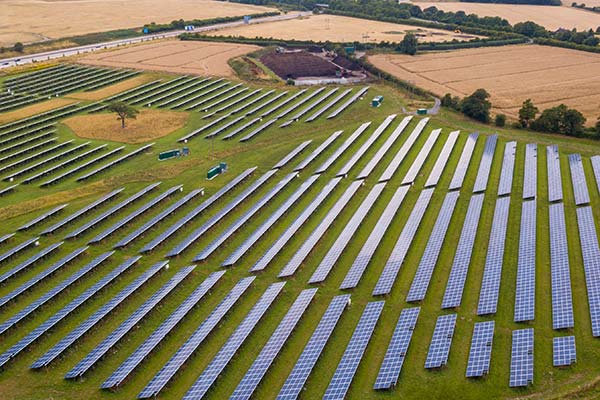

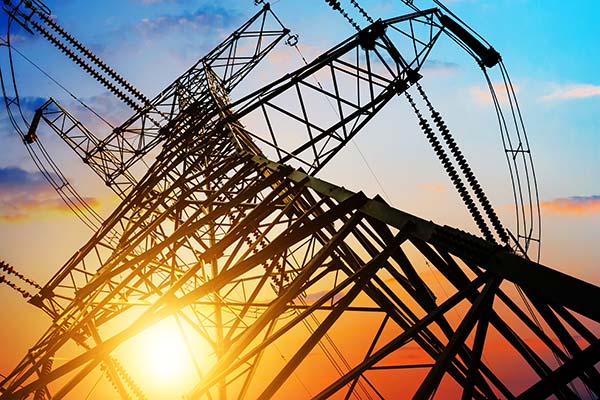

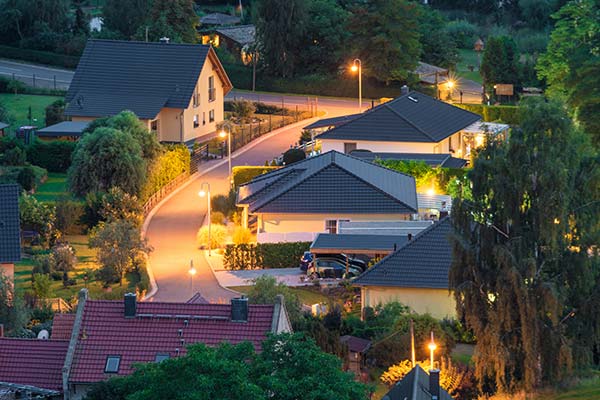

Designed for the changing energy system
Changes in the energy system are being made possible by the increased use of digital tools such as Ensemble OperOSS.
Yesterday
Today
Production
Few large power plants
Many small power producers
Market
Centralized mostly national
Decentralized, ignoring boundaries
Transmission
Based on large power lines and pipelines
Includes small-scale transmission and regional supply compensation
Distribution
Unidirectional – top to bottom
Bidirectional
Consumer
Passive – only paying
Active – participating in the system
Yesterday
PRODUCTION – Few large power plants
MARKET – Centralized mostly national
TRANSMISSION – Based on large power lines and pipelines
DISTRIBUTION – Unidirectional – top to bottom
CONSUMER – Passive – only paying
Today
PRODUCTION – Many small power producers
MARKET – Decentralized, ignoring boundaries
TRANSMISSION – Includes small-scale transmission and regional supply compensation
DISTRIBUTION – Bidirectional
CONSUMER – Active – participating in the system
Deployment Options




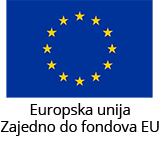
Get Social